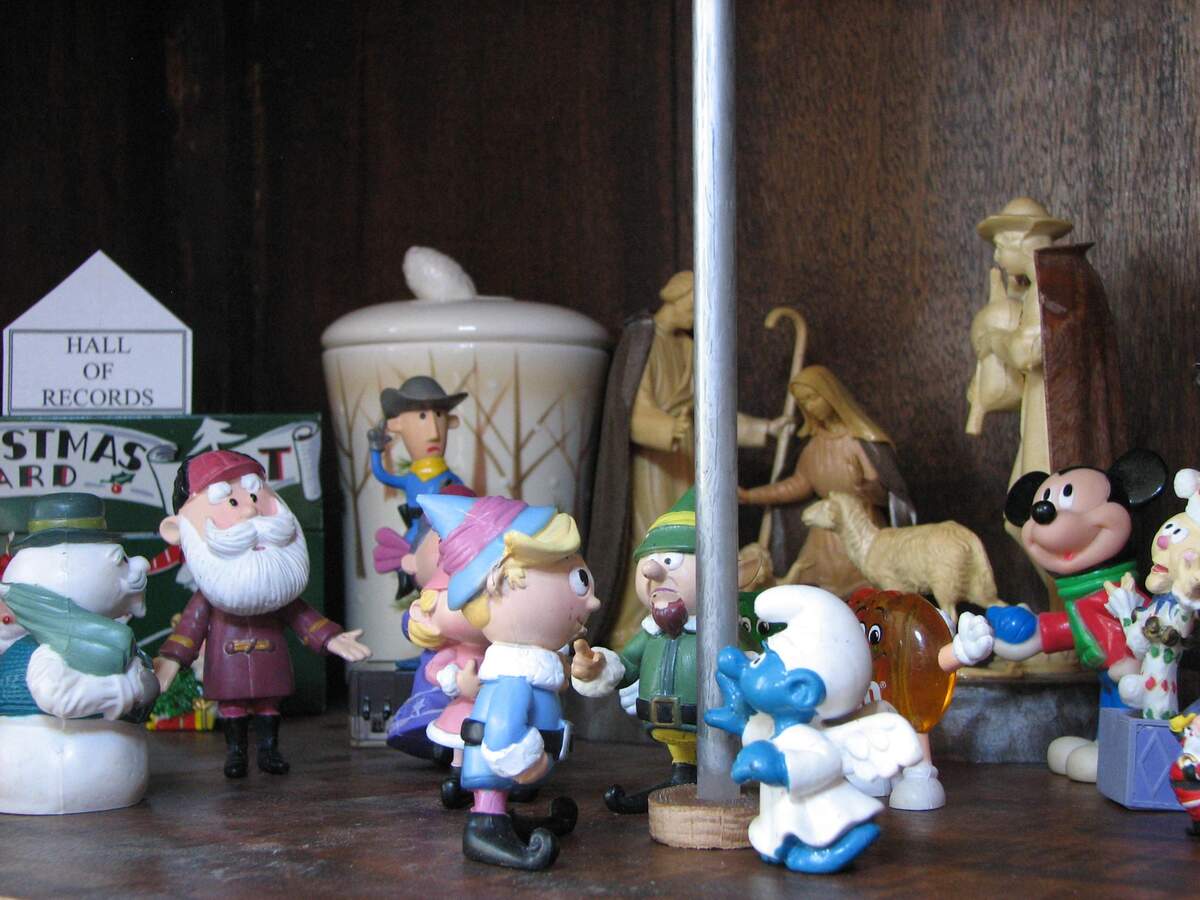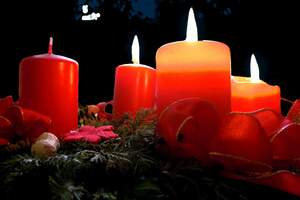

Festivus
Festivus is a holiday that shuns the commercialism and pressures of the Christmas season, and takes place on December 23 each year. It was invented by writer Daniel O'Keefe, and originally celebrated by his family. The holiday permeated American culture after O'Keefe's son, Dan O'Keefe, wrote the holiday into an episode of Seinfeld titled "The Strike," which was first broadcasted on December 18, 1997. In the episode, the holiday was created by George Costanza's father Frank, and was celebrated at Frank and Estelle Costanza's house, with the attendance of Kramer, Jerry, Elaine, George, George's boss Kruger, and two men that Cramer invited that Elaine had been trying to avoid.
Festivus has a few traditions, and they were shown in the episode. The holiday begins with putting up a Festivus pole, which is a plain aluminum pole—a contrast from the usually highly decorated Christmas tree. A Festivus dinner is served, which in the episode consisted of sliced meatloaf on a bed of lettuce. During the dinner the Airing of Grievances takes place, where each person tells the other guests how they have been disappointed by them throughout the year. Festivus ends with Feats of Strength, which are supposed to happen after the meal, but in the episode occurred during the meal. During them the head of the household picks someone who they want to wrestle, and their opponent must pin them to the floor in order for Festivus to be over. There also are Festivus miracles, which actually are easily explained events that are not miracles at all. In the episode Kramer declared two events to be Festivus miracles. The slogan of Festivus is "a Festivus for the rest of us."
There are some differences between the version of Festivus in Seinfeld and the O'Keefe family version. The family version started in about 1966, and took place to celebrate the anniversary of the first date of Daniel and his wife Deborah. "A Festivus for the rest of us" didn't become a phrase associated with Festivus until 1976, after the passing of Daniel O'Keefe's mother. "The rest of us" referred to those that were still left living after her passing. The biggest difference between the two celebrations was that the O'Keefe family did not use a Festivus pole. Instead, Daniel O'Keefe would put a clock in a bag and nail it to the wall each year. Festivus meals featured turkey and ham instead of meatloaf. These and other differences are described in Dan O'Keefe's book, The Real Festivus.
In Allen Salkin's 2005 book, Festivus: The Holiday for the Rest of Us, he showed how the holiday began to gain popularity after the airing of the episode. Festivus poles have been put up in state capitols, and the holiday has been referenced by politicians and journalists. It started gaining a wider cultural significance in the 2000s, and that has expanded in the 2010s.
How to Observe Festivus
Celebrate the day by watching the episode that features Festivus. If you don't have access to the full episode, watch some highlights from it. You also could read the script, Festivus! The Book, Festivus: The Holiday for the Rest of Us, or The Real Festivus. Undoubtedly, the best way to celebrate the day is to actually participate in the days' festivities. Make a Festivus pole and invite over your friends for a Festivus dinner. Have everyone air their grievances, and pick someone to wrestle for the Feats of Strength. Find more fun at the Festivus website.





















